
After having the new Leica CL on my hands for the past couple of weeks I begin to see how clever Leica has been in creating a camera with such a wide appeal. It is small enough, sturdy enough and competent enough to replace several of Leica’s past models. All it took was the addition of a viewfinder.
However, since the launch article and subsequent test, both Jono Slack and I have been taken to task by several readers who are disappointed that the CL wasn’t a new fixed-lens X, or even a new X Vario. Fixed-lens cameras seem to be in sudden demand. I think we’d all welcome some replacements for the X cameras, as I outlined a couple of weeks ago, but in the meantime let’s celebrate the versatility of the CL.
So, what cameras could the CL deal with? I’ve taken a flight of fancy and corralled some rather unlikely characters. Bear in mind, readers, that I am approaching this from the usual Leica-centric Weltanschauung, so don’t get too hot under the collar if your loyalties lie elsewhere.
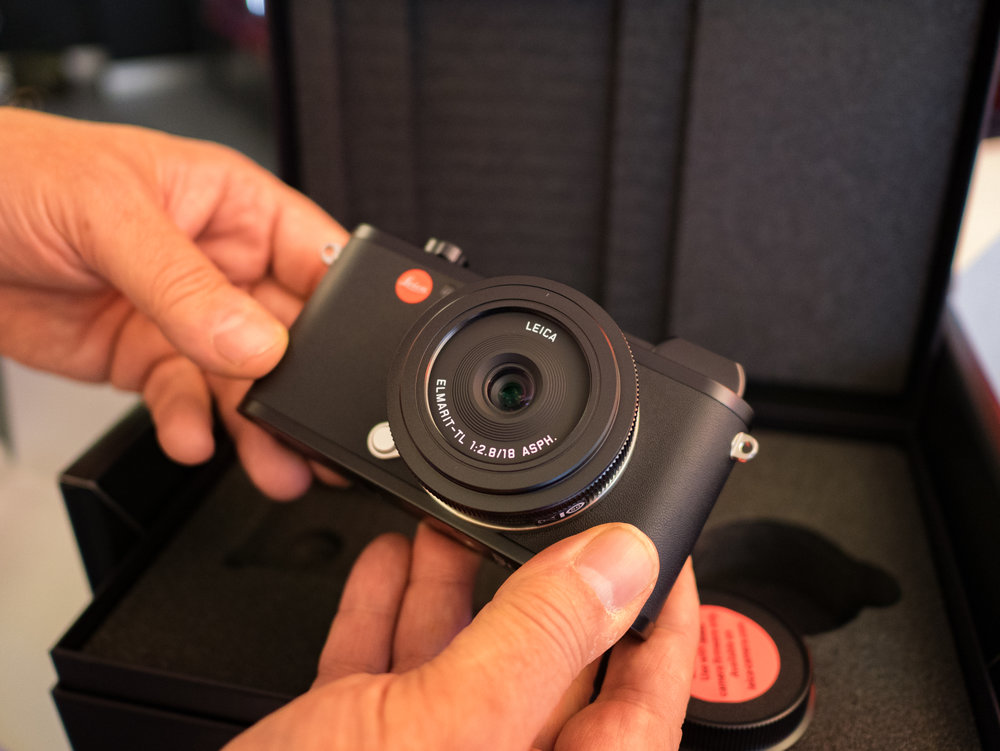
1. The Leica TL2
The first is obvious. The CL camera what is the T should have been. With its built-in finder and more traditional format, the CL is the answer to most Leica fans’ dreams. The T, when it appeared, was technically wonderful but, for the Leica person, a perhaps a step too far. Whatever Leica says about the T cameras being aimed at completely different markets, there is really only one important target out there — a market for a pro-level APS-C camera to compete with Fuji and its ilk. All that said, I believe the TL2 will continue to fill an important niche in Leica‘s APS-C lineup. It is a gorgeous camera and I know several fans who actually prefer the accessory viewfinder because of its tilting action.
Below: Image quality from the 50mm Noctilux on the CL. On the left is the full frame, on the right a very large crop (1/36th of the frame)
2. The Leica X
This competent 35mm-equivalent fixed lens compact has now paid the ferryman and is comfortably on the other bank of the Styx, ready for a bit of canonisation, I suspect. Its waterproof brother the X-U, however, is still buoyant. But if you want something better than the X, choose the CL. With the f/2 23mm Summicron lens it is half a stop slower than the X but offers a more well-rounded package and far greater versatility. I’d take it any day over the X, not because the X was a bad camera — far from it — but simply because it does a better job and has that viewfinder.
Below: Another full frame/crop example, again using the Noctilux
3. The Leica X Vario
This fixed zoom lens complement to the Leica X is on the way to cult status, largely for the acknowledged quality of its lens. But I can tell you that the CL with the 18-56mm Vario-Elmarit is more than a match for the X Vario. And, again, do not overlook that all-important viewfinder. Another win for the CL. We’ve written a lot about the X Vario here on Macfilos, including John Shingleton’s impressively illustrated eulogy on December 13.

4. The Leica X1/X2/X-E series
The original X models were the fixed-lens 35mm-equivalent cameras to beat in their day. They preceded the Fuji X100 and it could be said that the X1 created that particular segment of the market as we know it today (not to mention the popularity of the X moniker). These cameras still have a strong following, even excluding my colleague and arch X1 proponent John Shingleton. The CL, with either the 18mm pancake or 23mm Summicron, is streets ahead of the X2 in performance and yet very similar in profile. It has the same Barnack-style image and is very little larger than the X1. I’ve already put my old X1 up for sale because I see the future is with the CL.
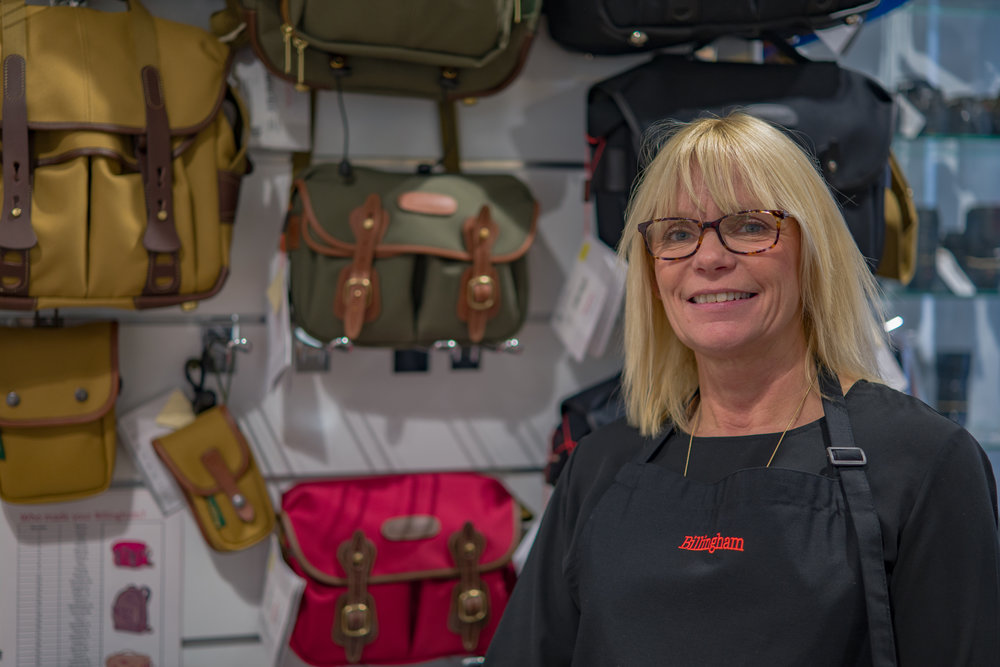
5. The Leica Q:
This isn’t so clear cut and will be a controversial addition to this list. The Q, after all, is a full-frame camera that has been hugely successful for Leica. But I believe the CL will soon start to nibble away at the Q’s lunch. It brings versatility to the equation, despite the cropped sensor. It’s a smaller camera overall and, with the 18mm pancake or the 23mm Summicron mounted, it offers strong competition at a lower price. Could size and versatility outweigh out-and-out full-frame resolution? For some buyers, I am sure it will.
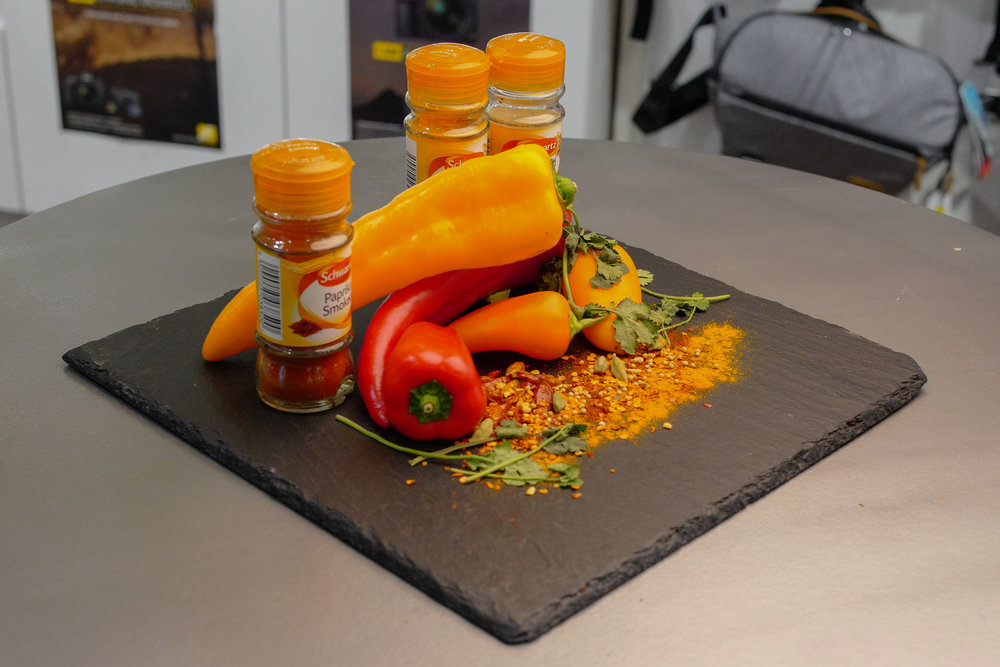
6. The Fuji X100F:
This one is banging at an open door in the eyes of dedicated Leicaphiles. For them, the CL is likely to make a better street camera than the more complicated Fuji. It has all the right ingredients — simplicity, size and discreet image — and a couple of very suitable lenses in the 18mm and 23mm. It’s by far less fiddly than the X100 a camera I’ve never been able to gel with, even after the stellar advance made by the X100F.
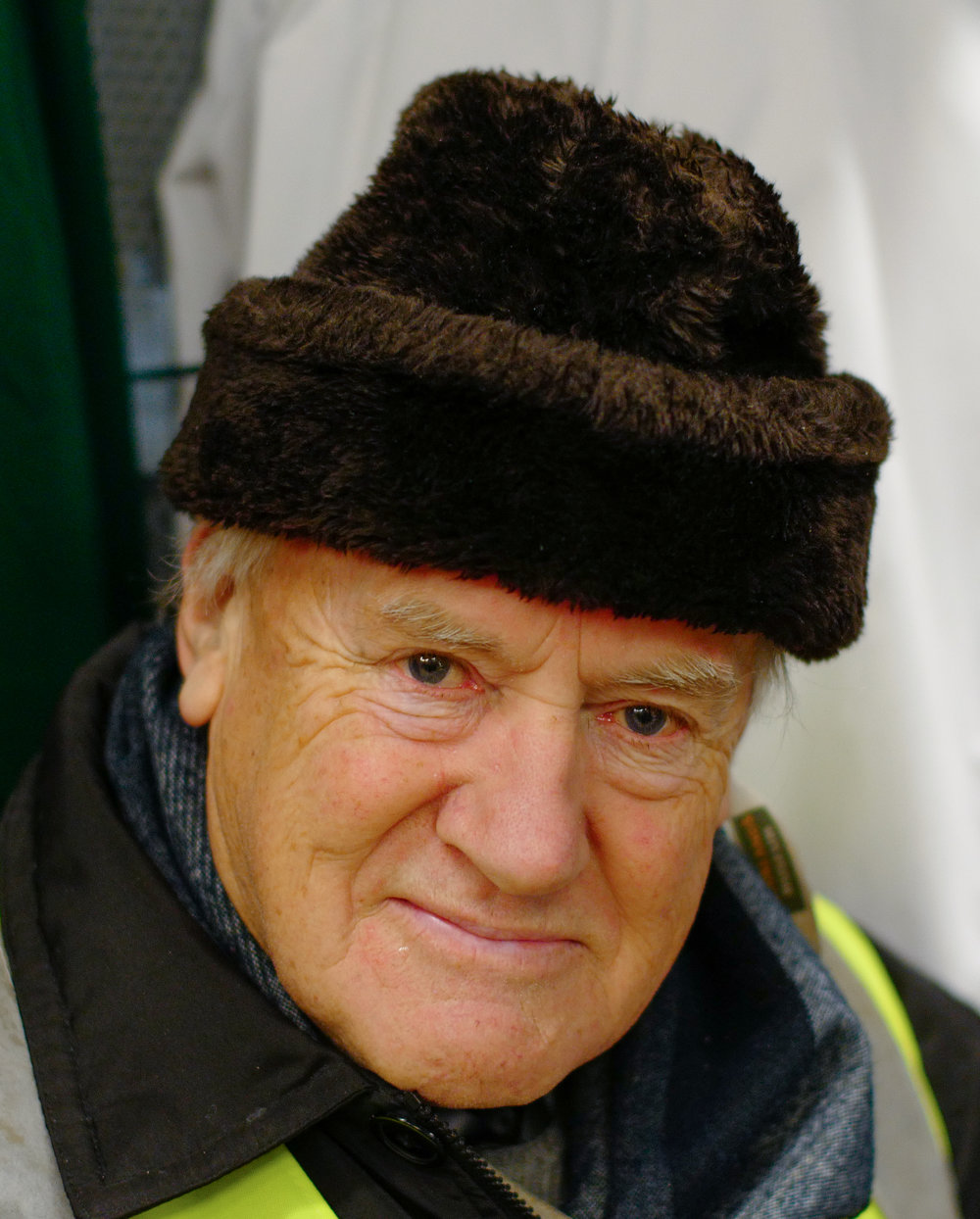
7. The Leica SL:
What? Yes, this really is an outsider and its inclusion will raise some hackles. How can the little CL be a competitor for the SL? Well, in one way — its ability to work with M lenses — it is definitely a a strong rival. Manual lenses work a treat on the CL. I suspect many people tempted to buy the much more expensive SL for manual lens work (and that’s a lot of SL buyers, by the way, because not all users can put up with the bulk of the SL lenses) will start to look towards the CL. The 1.5 crop is possibly a negative factor, but it can be energising to transform well-loved 35mm or 50mm Summicrons of 50s or 75s. I predict a significant number of M owners will consider the CL as a second body for use with their manual lenses.
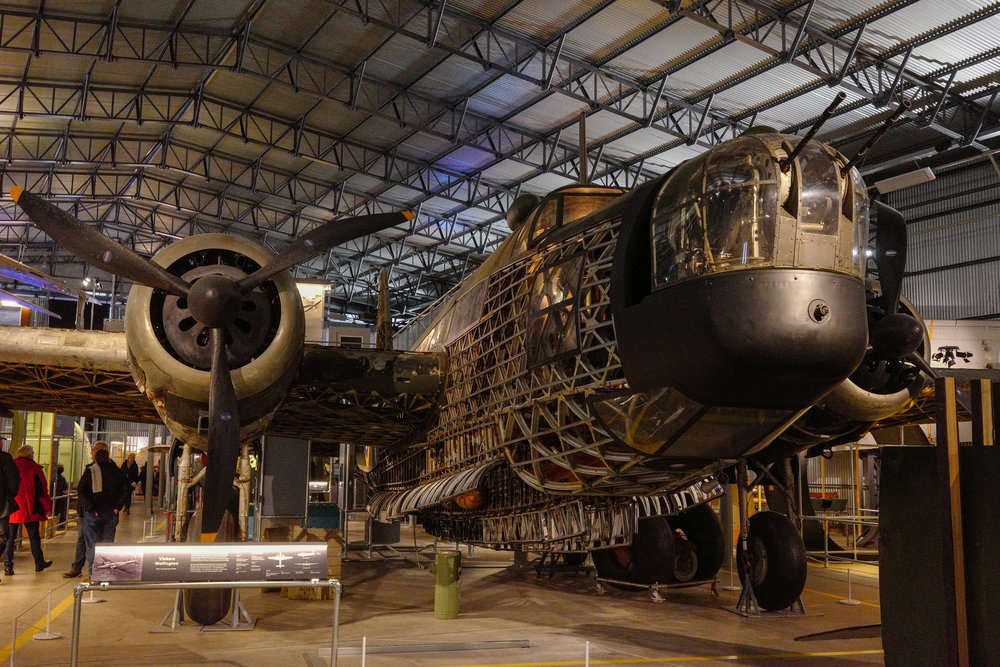
8. The Leica M10:
Now this is indeed sacrilege. How could a crop-frame compact with an electronic viewfinder possibly do more than pay homage before the mighty M? I’ve mentioned earlier that manual M lenses work really well on the CL — at least as well as on the SL — and that the CL could be the ideal second body for M shooters. But many older users begin to notice problems with focusing the rangefinder as their eyesight deteriorates. The M10 has made a big improvement in this respect, but there is clearly a tendency for some life-long M addicts to turn to cameras with electronic finders which can be more accommodating. When it comes time for this, the owner of M lenses has a natural incentive to stick with Leica cameras, especially for the built-in lens profiles, rather than choose a Fuji or Sony. And among Leica cameras the CL is for them the only real choice, with the SL being so big and heavy. The crop factor is an issue, of course, but I look at it philosophically — it gives me two focal lengths in one lens.
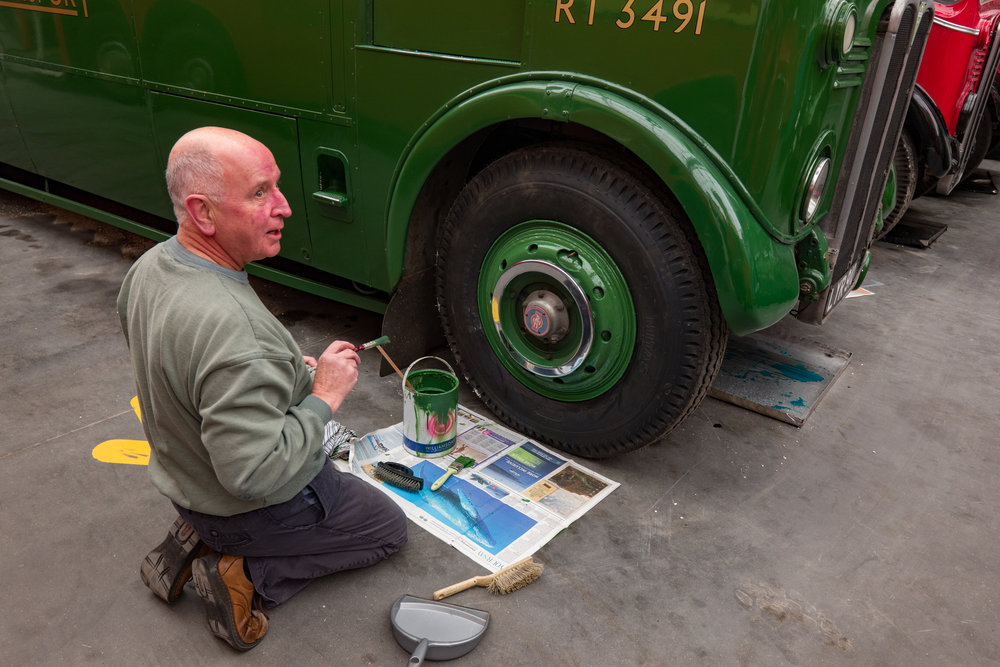
One-stop shop or not
Could the CL be the ideal camera for the Leica person, offering tremendous versatility, impeccable build and first-class image quality in a compact, affordable package. I do believe it could by your one-stop shop. Stand by for blasting from the direction of Mt. Fuji and Sonysville. As for the future, I believe Leica has at last got the APS-C bit between its corporate teeth.
You will note that this article concentrates on the cameras you perhaps do not need to buy if you decide to go for the Leica CL. But the CL is something of a star in its own right and we have covered its attractions in other articles (see below). The message we take away from the launch of the CL is that Leica is now serious about the APS-C system camera market and that we can expect further developments.
Next up? I wouldn’t be surprised to see a mini SL based on the innards of the CL but with a heftier profile, substantial grip, bigger viewfinder and, with luck, in-body stabilisation. It would be the X-T3 to the CL’s X-E3. And in due course I expect to see a strengthening of the range of L lenses. A move to in-lens stabilisation, as on the wonderful 23-90mm Vario-Elmarit-SL, would be welcomed by users.
What do you think? Is this the camera that Leica fans have been anticipating for so long?
___________________
- Subscribe to Macfilos for free updates on articles as they are published
- Want to make a comment on this article but having problems?
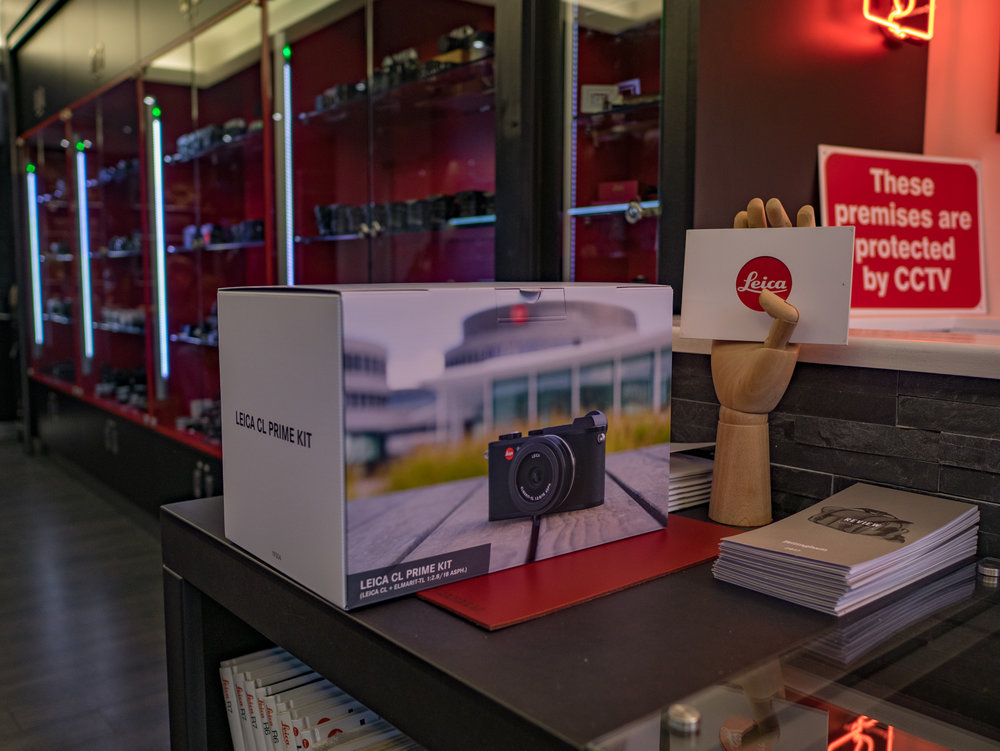

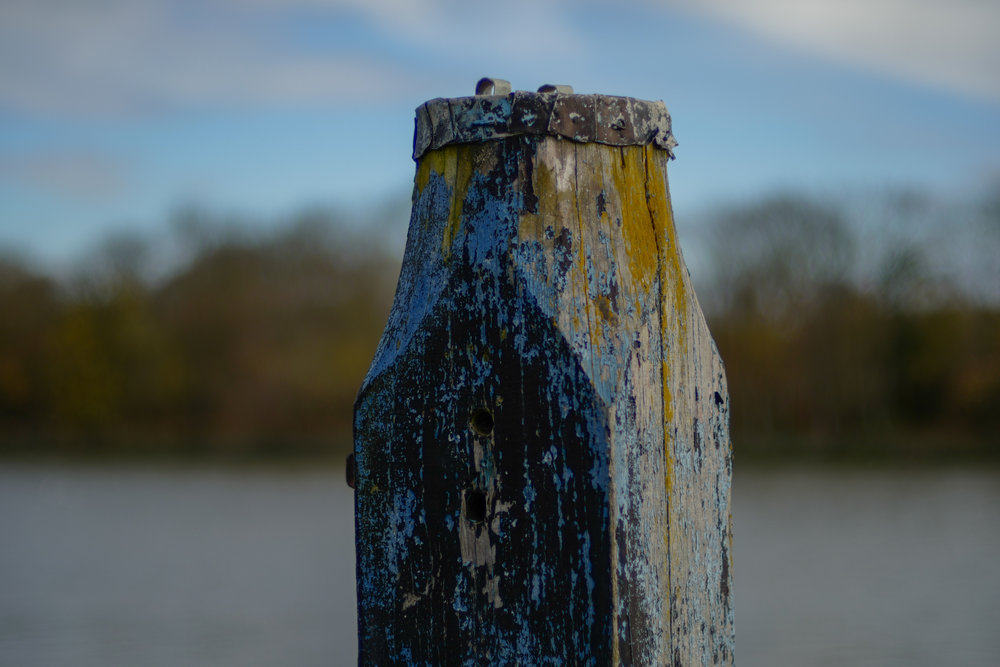
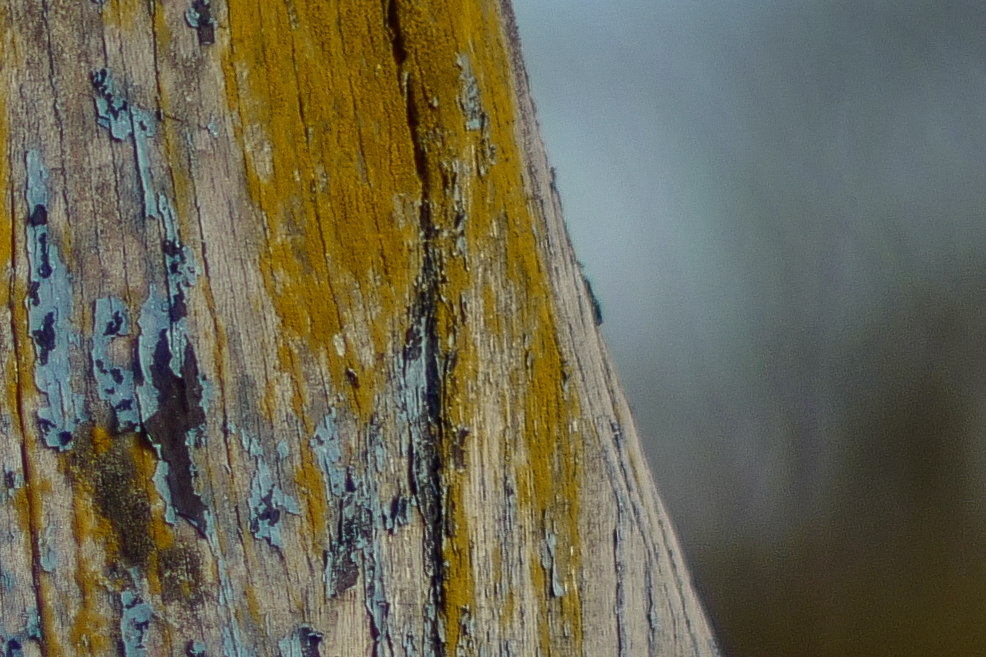
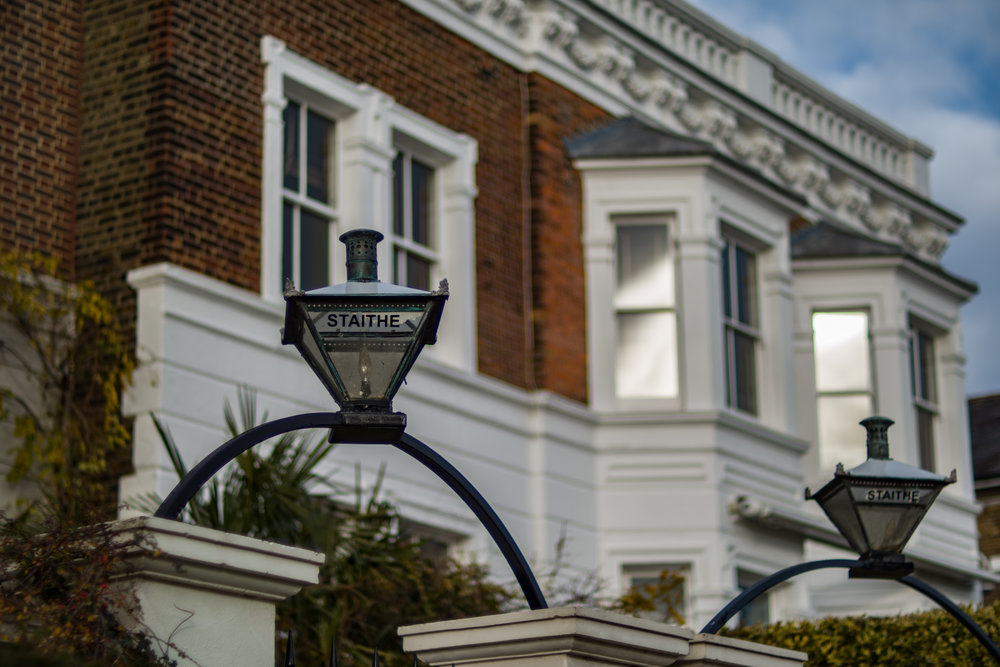
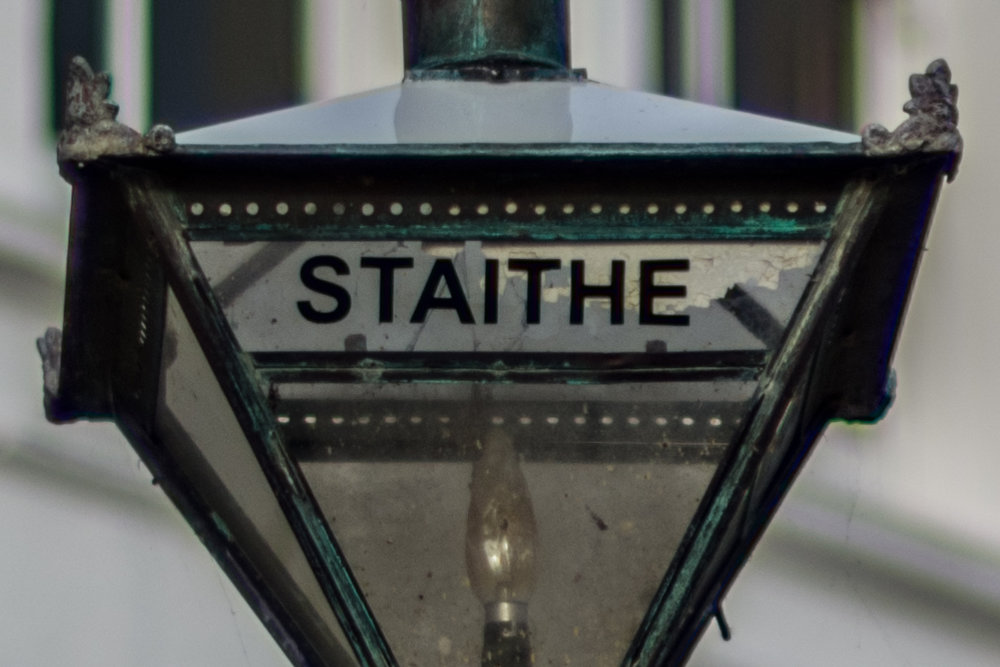
Dear Mike Evans,
Joining the party a bit late (…), this is my question: will the CL be the right pocketable camera for me, considering 1. I would fit my Summarit 35mm f 2.5 on it, and 2. I usually do not should with my lenses wide open, but more likely with an aperture somewhere between f 4 and f 8 ? I fear exact focusing will be problematic (or a hassle, if I chose to focus with the lens wide open and then setting the aperture by hand), and that the viewfinder image will suffer one way or the other from receiving so much less light – a non-problem when working with my M 10 (or with a DSLR, as the chosen aperture would only be set at the last moment).
Thanks in advance for your advice !
Hans Muus
Hans, I know Mike Evans will answer your questions. May I be allowed to add my view.
I use several M-mount lenses on my CL and have profiles set to enable focus peaking and viewfinder magnification (on demand). To my surprise, my focus success rate proved better using the CL than I would achieve with the conventional rangefinder on an M-body. My cat’s whiskers literally glow when focus is spot on, even at full aperture. Normally I stop down a little at close ranges in order to increase the zone of sharpness.
Hello Hans, Thanks for reading and for your question. I now David Askham has already put in his view. I also use the f/4-f/8 aperture range more often than wider apertures and I can understand your concern. However, when using mirrorless cameras with manual lenses, I usually find focus is quite easy. I don’t normally change aperture in order to focus since my chosen focus aid – magnification which I prefer to focus peaking – really makes it easy. As such, I can’t really answer your question except to suggest you try it and see.
Because I prefer magnification as a focus aid, I appreciate the way in which the rangefinder mechanism in M-mount lenses is used to trigger automatic magnification (if required and if set in the menu) on Leica mirrorless cameras (CL/TL/SL). When using M-Mount lenses on non-Leica mirrorless cameras you have no physical connection, so no auto focus aids. It’s one of the reasons why I much prefer using M lenses with Leica cameras.
Based partly upon your opinion of the CL, and other aspects of it – APS-sized sensor, a wide autofocus 11-23 zoom, ability to use M-fit lenses – I tried a CL today. Many of my photos are taken at very wide angles (21mm, 17mm, or using the Panny micro-four-thirds 7-14mm, which is 14-28mm in "full-frame" terms) and in rather dim light indoors.
I’d become dissatisfied with the Oly PEN-F at 12800 ISO, so though "yippee! The CL is APS and goes up to 50,000!" so I went to Red Dot to try it with the 11-23 zoom indoors, and set the ISO to 12500 ..a bit lower than the PEN-F’s setting (which shows rather too much ‘grain’ or mottling for my liking).
The results were dreadful ..both with jpgs and RAW. No, not dreadful ..abysmal. And abysmal at 8000 ISO. Pretty hopeless. Jonathan Slack’s outdoor pics make the camera look wonderful, but even at 8000 ISO, and at any setting indoors in poor light – which is often how I shoot – the CL just doesn’t cut the mustard. Not for me, anyway.
I’m sure that it’s great outdoors, but as a take anywhere and indoors camera: No.
Dear David, Sorry you had a negative experience. I find it rather surprising but I accept your views and will try some more higher ISO shots for my own peace of mind. I haven’t so far noticed this discrepancy.
I disagree completely. I just shot my first night event, a formal Solstice dinner, in which the hosts wanted no flash photography whatsoever. I must admit that I had major trepidation about shooting this event with my Leica CL. After consulting with a number of pros who had already shot similar events, I deceased to go for it. The pics turned out beautifully. I must admit that I shot at 6400 max and used exposure compensation to nail the exposure. Don’t know that I would trust the camera at 8000 ISO never mind 12,500. You should test the camera again at 6400 ISO and see how you feel then.
I did, however, have problems with face detection (tis crap in low light) and would up resorting to spot focus with focus and recompose as I did not have the time to move the focus point around quickly enough.
Best of luck with your testing.
"..You should test the camera again at 6400 ISO and see how you feel then.." ..No, Edwin; if I want to shoot at 6400, then any number of cameras would do. I want to use 12800, or thereabouts – which, of course, is great on my A7S ..but the Sony 16-35mm lenses are bigger and heavier than the Leica 11-23mm, and so I thought that with a top ISO of 50,000 the CL would be the answer!
Sadly, not.
David,
I don’t want to belabor the point. I appreciate your dilemma. I must say, however, that I do not find that at ‘6400, then any number of cameras would do’. I think the strength of the Leica lenses is shooting them wide open; then, the files take on a special quality. Other cameras, with inferior lenses when used wide open, do not provide that magic. I too own a Sony a7s and no matter what lens i use with it, when wide open at 6400, the files just don’t look as good overall cos of the inferior lenses.
Happy shooting!
Choices choices ! Why does this article makes me take 2 Bayer Aspirin, I thought I had my next purchase decided upon now it is back to square one, thanks Mike . HA! You really spelled out the Leica dilemma for novices like me.
Thank you, Mike, for this incredibly helpful review of cameras. I have just swapped my X1 for an X2 to have the possibility of using the vari-angle viewfinder already owned for my X-Vario. I think these two will keep me happy (and save me money!) for a long time. As of now the classic Leica omission of a vari-angle screen or possibility of a vari-angle viewfinder is a dealbreaker on the CL for me, though the CL is certainly the great temptation……
As you know, I too like a bendy finder and it’s one of the reasons I like the Panasonic LUMIX GX8 and GX7. Sadly, though, even Panasonic seem uncommitted to this added complexity. The new G9 still camera takes the mini DSLR styling. Neither Sony nor Fuji have shown interest in adding a tilting finder, so I don’t suppose LEICA will be motivated.
Something that Ivor Cooper at Red Dot Cameras pointed out the other day is that using M lenses on the CL not only includes the aforementioned crop factor, which can be a real bonus when used in conjunction with both a full frame and an APS-C sensor camera, but there is also a minor downside, which is not really that important with a Noctilux, but is more noticeable with a Summicron, this is the amount of light available to the sensor, which is also "cropped".
https://dofsimulator.net/en/
So in order to really emulate a small street camera, there would be room for Leica to introduce a 23mm (and perhaps a 35mm too) Cron/Lux manual focus Leica lens complete with DOF scale etc., in order to get those two very popular street views both in terms of light and angle of view. We already know that those of us that have a CL/T/TL camera are happy to use manual lenses along with the excellent magnification/focus peaking services. Size matters and the auto focus versions of those two lenses are quite large additions.
On a different tack, something that I have also noticed is that I am very happy using my L mount 11-23 zoom (purchased a week before the CL in anticipation) on my T beater. Somehow the ultra wide angle views offered, work very well with or without an eye level viewfinder. So if you buy a CL, don’t flog the T/TL, it is a wonderful way to carry the spare lens.